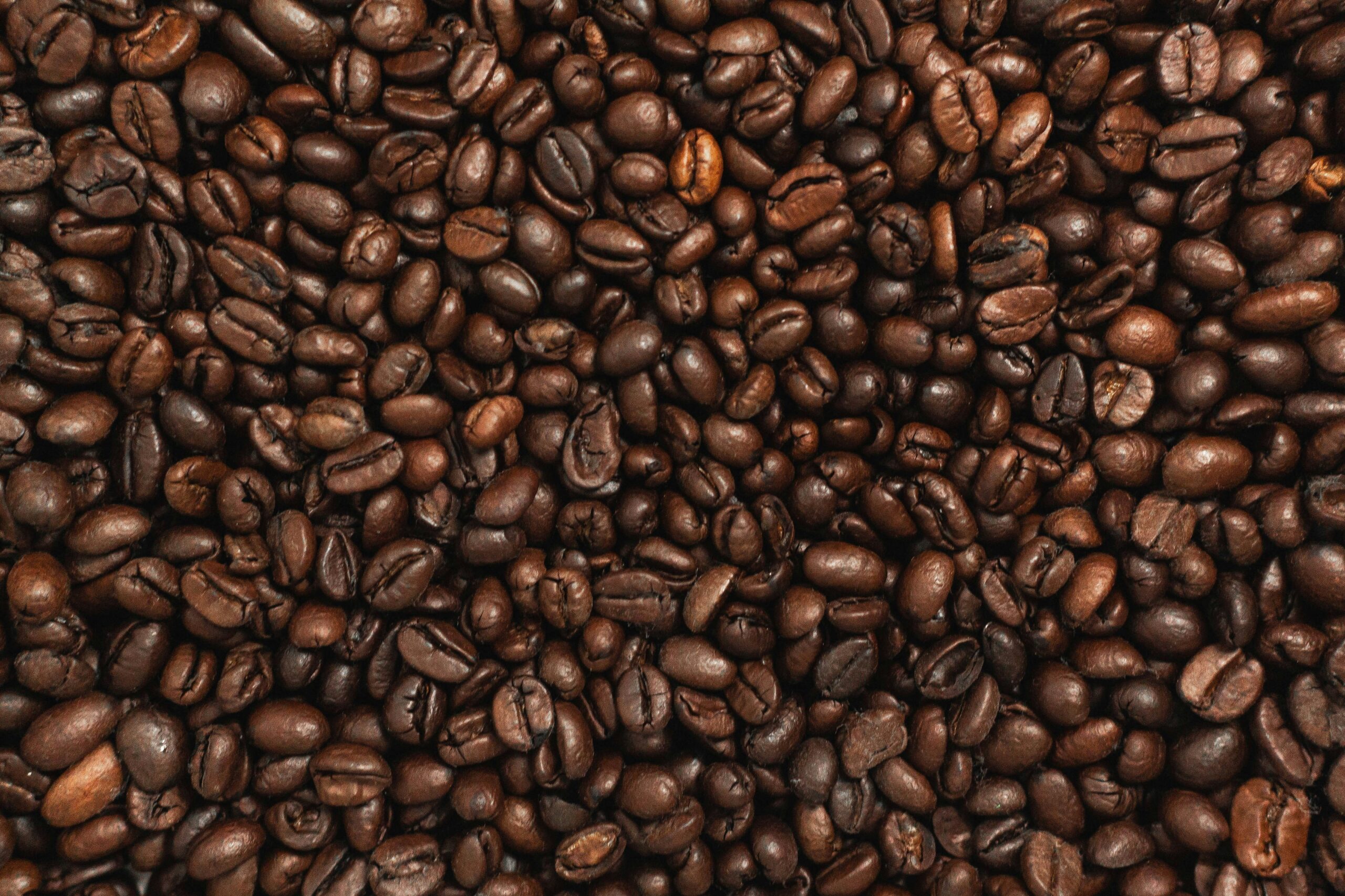Everyone loves a good mix and match, and coffee is no different hence coffee bean blending. Coffee blending is the power of combining different coffee beans to form a unique taste packed with aromas. Widening possibilities, different coffee blends allow you to explore complex layers of flavour. From ratios of beans, methods, flavour profiles and process, skill is a necessity to make coffee blends dancing with flavour and harmonious scents. Use this guide to understand what unique flavours you want from coffee blends and how to make your bespoke blend of coffee.
Why should you use coffee blends?

- Create unique, signature coffees
- Provides consistency in quality and flavour
- Reduce costs by mixing higher quality beans with lower ones
- Create different flavoured coffee blends
- Get the best out of each bean
- Create custom coffee blends tailored to your choices and customers
Selecting the coffee beans to do the trick
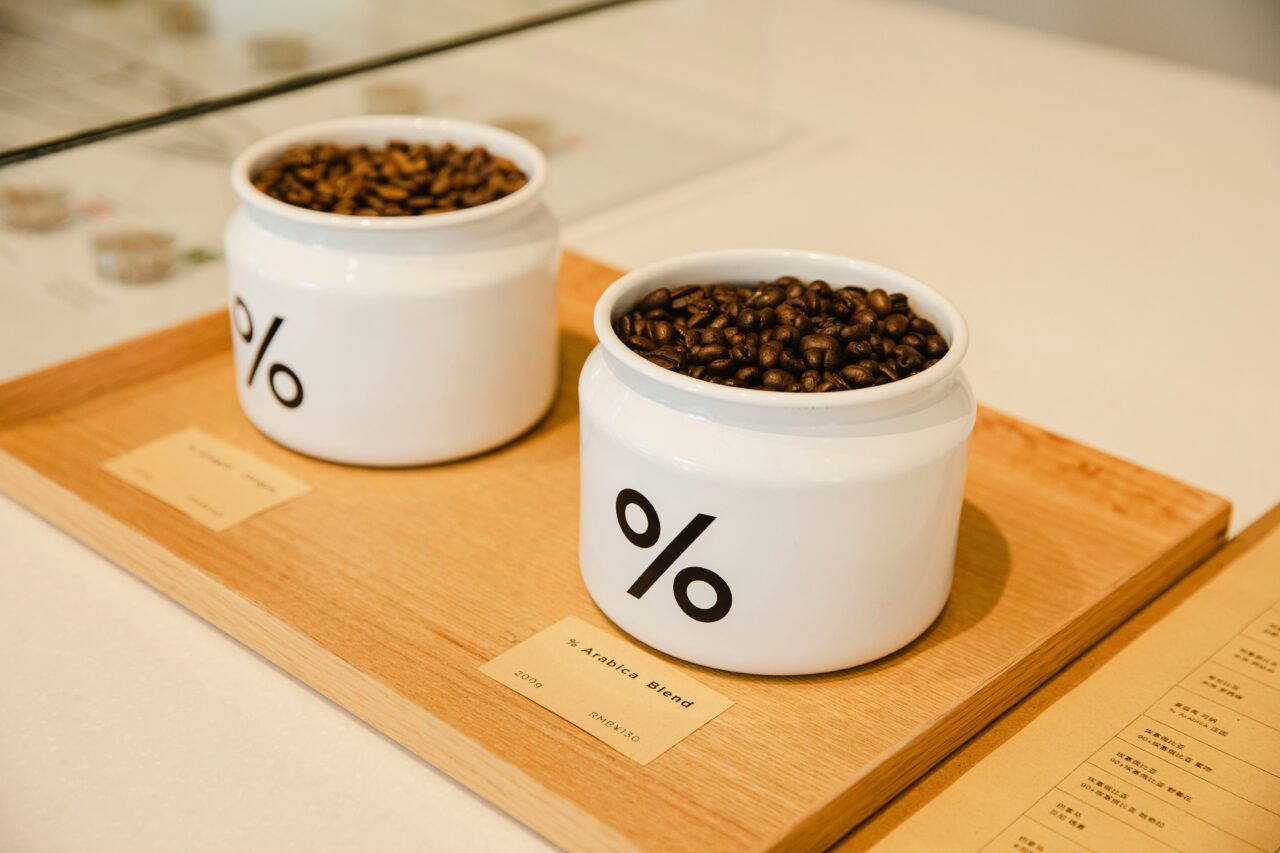
There are 4 types of coffee beans produced: Arabica, Robusta, Liberica and Excelsa. However, the last two are worth less than 1% of the industry, so the key types are: Arabica (approximately 60% of all beans produced) and Robusta (worth around 40% of coffee bean production). Arabica beans have a slightly sweeter and smoother taste, whereas Robusta coffee beans are more intense and bitter.
Flavour also depends on where the bean types have been grown. Different areas and countries often have different flavour profiles. General flavour profiles by region are:
- South America: Chocolatey and caramel flavours, nutty, low to medium acidity, full-bodied
- Africa: Fruity flavours, sweeter, airy, medium to high acidity and not full-bodied
- Asia: Low acidity, spicy, earthy, woody and full-bodied
- Central America: Medium to high acidity, nutty, fruity, sweet, not full-bodied
- Mexico: floral and chocolatey
When picking beans for bespoke coffee blends, pick combinations that will not overpower each other. To ensure this, look at their aromas, flavours, and acidity levels. Use the above information to help you manage these factors.
Know the difference between coffee blends
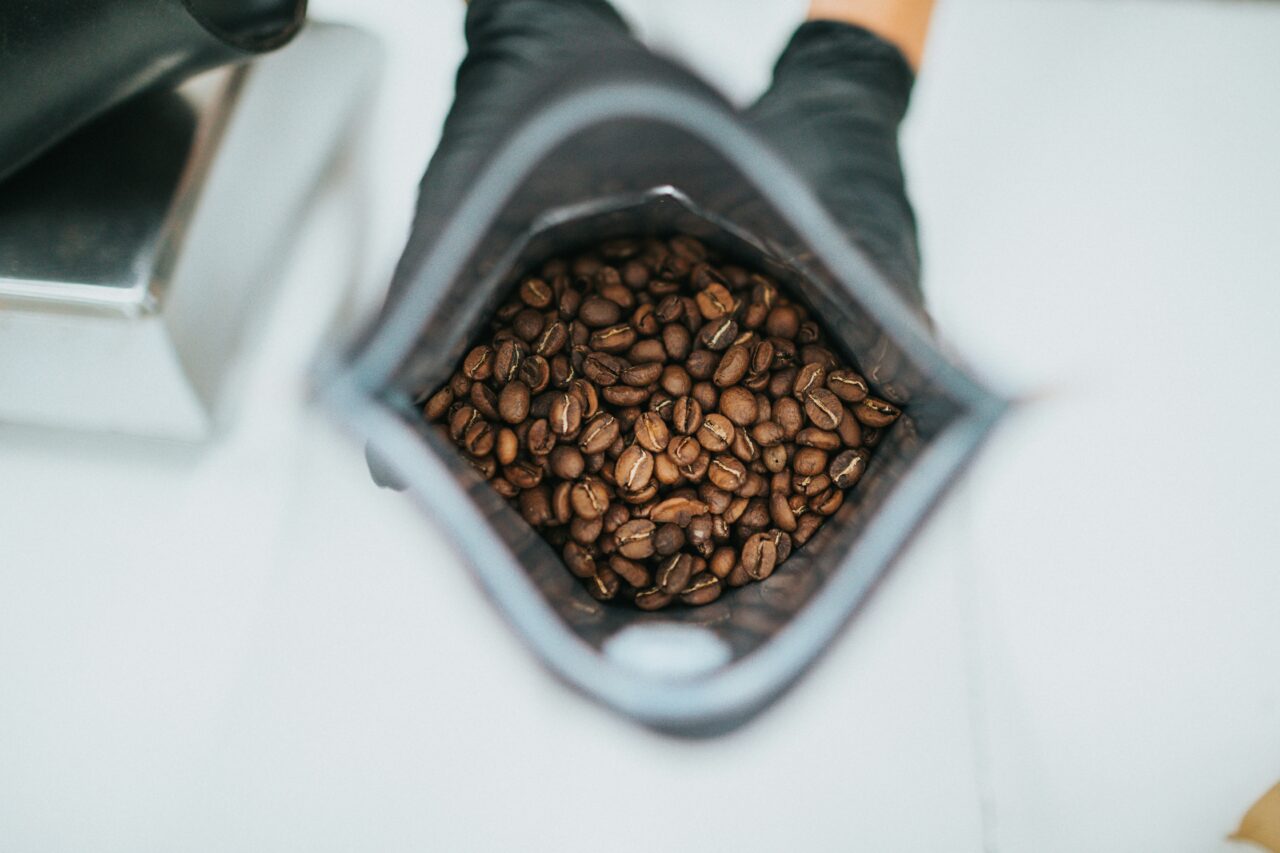
The three different kinds of coffee blends component bases:
- A sweet base note: pick coffee beans that are sweet and from places in South America or Mexico
- Mid-palate satisfaction: add juicy, acidic, fruity coffee blend flavour, so try beans from Central America
- High notes: coffee that is roasted lightly, citrus acidic beans with floral touches from Africa
Different types of coffee blends:
- Robusta and Arabica: Mix of light and dark roasted coffee beans, blended for medium style coffee
- Mocha Java: 1/3rd Mocha coffee mixed with Indonesian Java Arabica coffee
- Black and Tan: 80% Robusta and 20% arabica
Try these examples of coffee blends or make your own blend ratios…
Coffee blends - recipe ratios
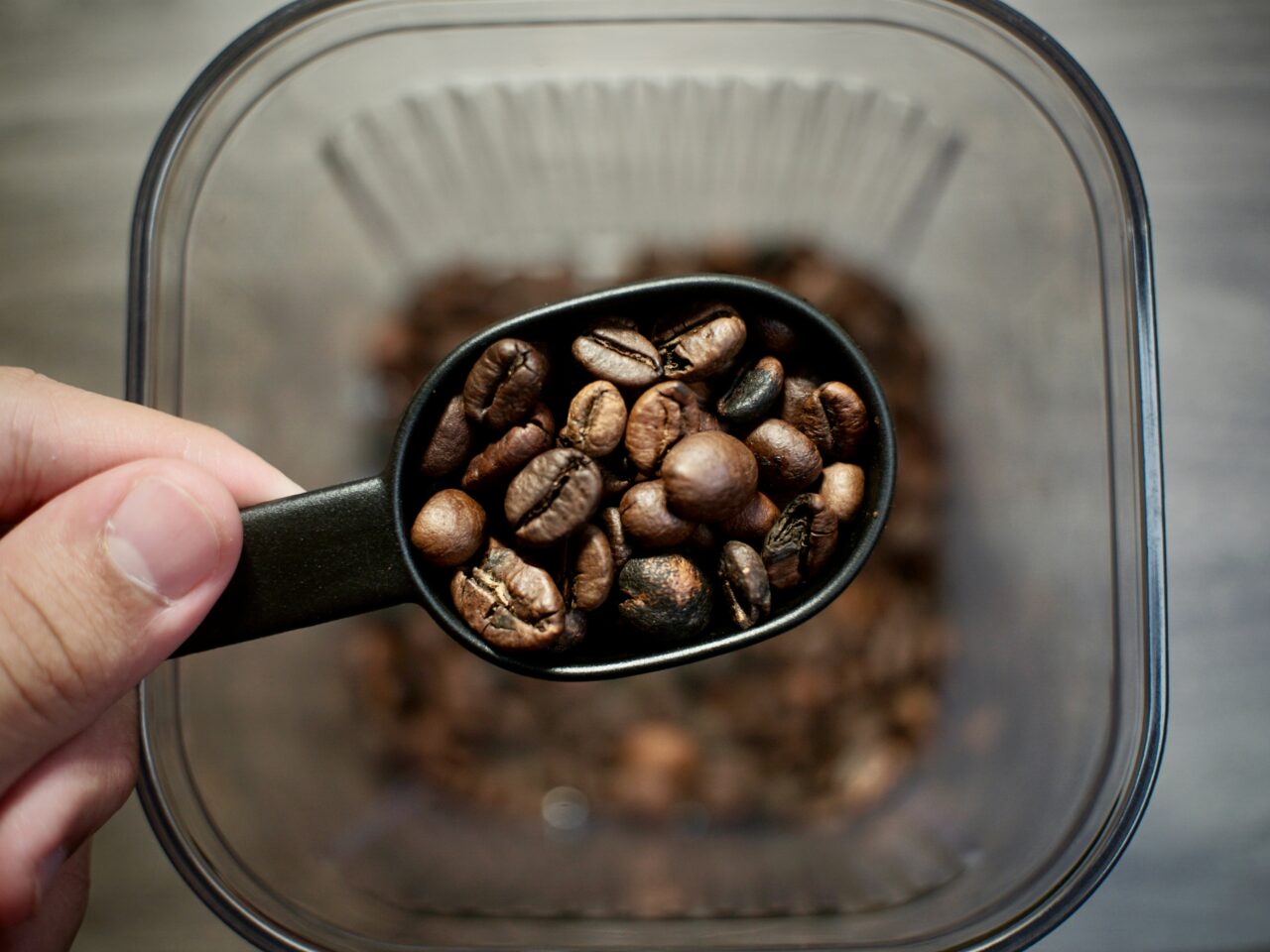
The basic start ratios tend to be 40% sweet base note, 40% mid-palate and 20% high notes. This is the perfect base to start your tweaking process and experiment till you are satisfied with your coffee blend.
Roasting the component coffees separately and in small batches can help reduce wastage. It also allows you to decide if these individual picks are right for your intended flavour profile. Different beans require different roasting times and temperatures to get the best quality coffee. Once each bean component has been decided on, start blending to find your perfect ratio preference.
To streamline the process from beans to brew use one of our bean-to-cup vending machines.
Practical Considerations – what you need for creating coffee blends
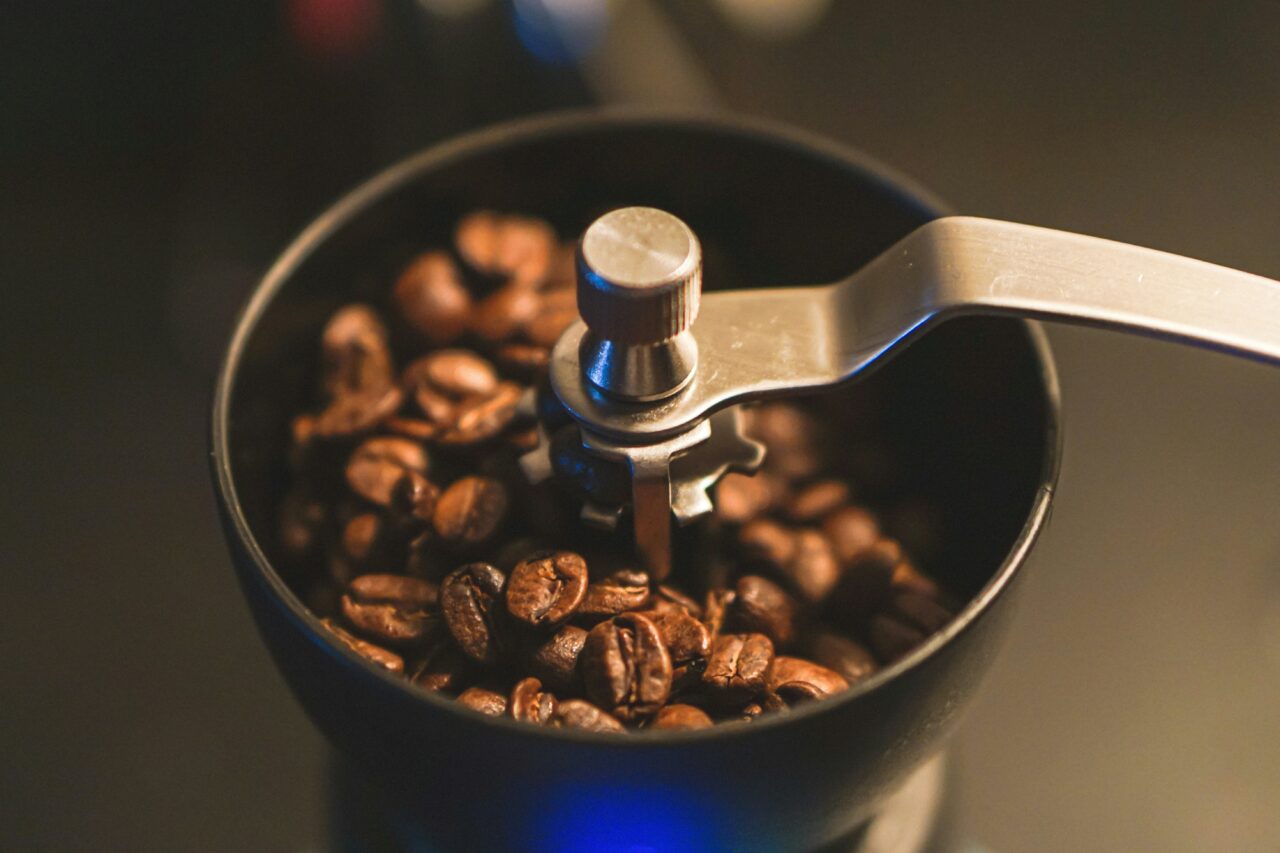
- Different coffee beans with different flavour profiles
- A measuring device: spoon or scale it’s up to you
- A coffee maker/grinder
- A mixing bowl (What every recipe needs!)
- Water – For supreme quality, add filtered water to your ground coffee blends, or if this is not possible, use any fresh water.
Now you have all you need on how to create coffee blends and know how to decide the best one for you, it is officially time to start the creative process. Put your lab coats on and try your hand at making a skillful blend from organic coffee blends to copying some of the most popular coffee blends. With this guide, mixing coffee blends has never been easier, and the power is yours to pick the right fit for your purpose.
Look at the beans provided by our wholesale team for top-quality flavours and coffee success.
